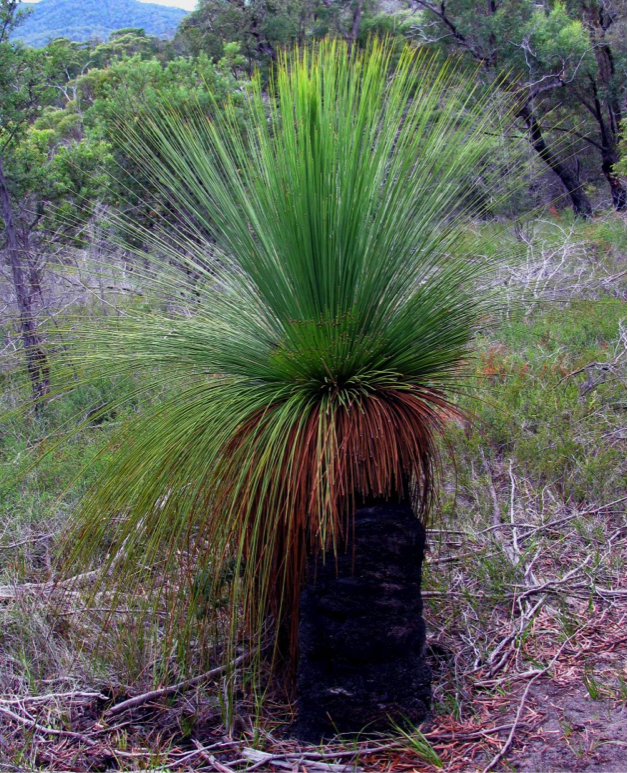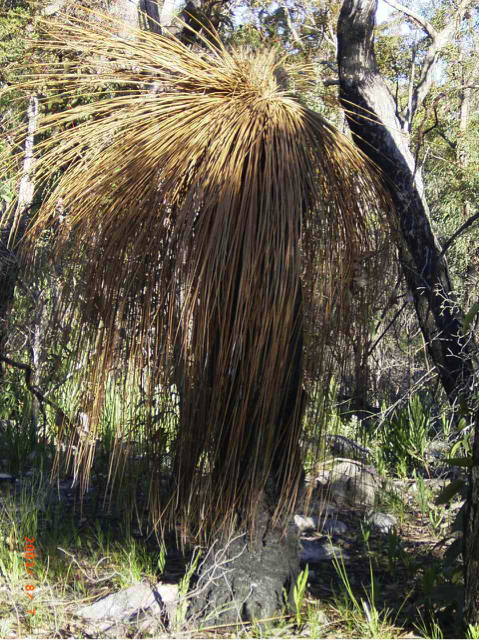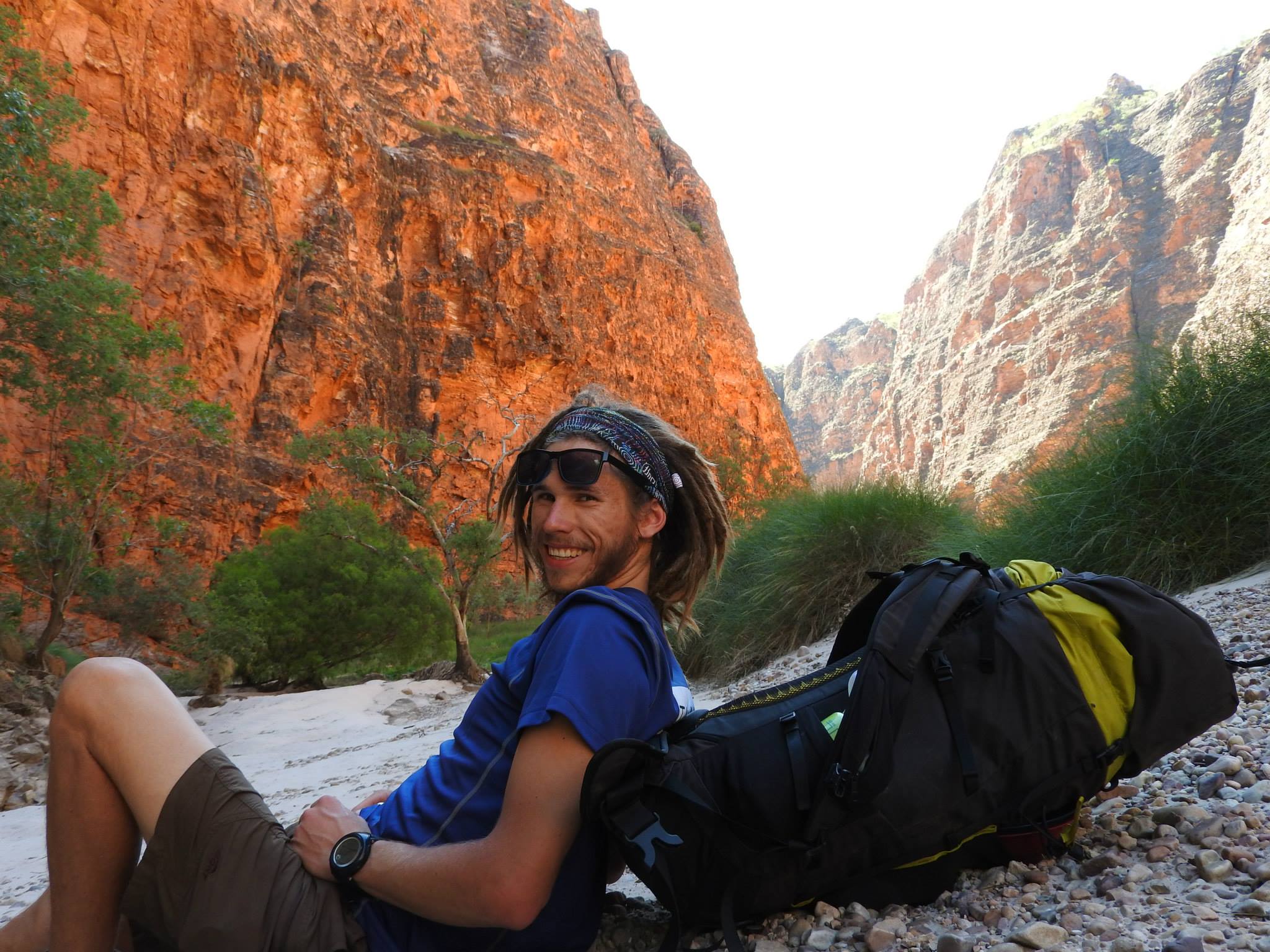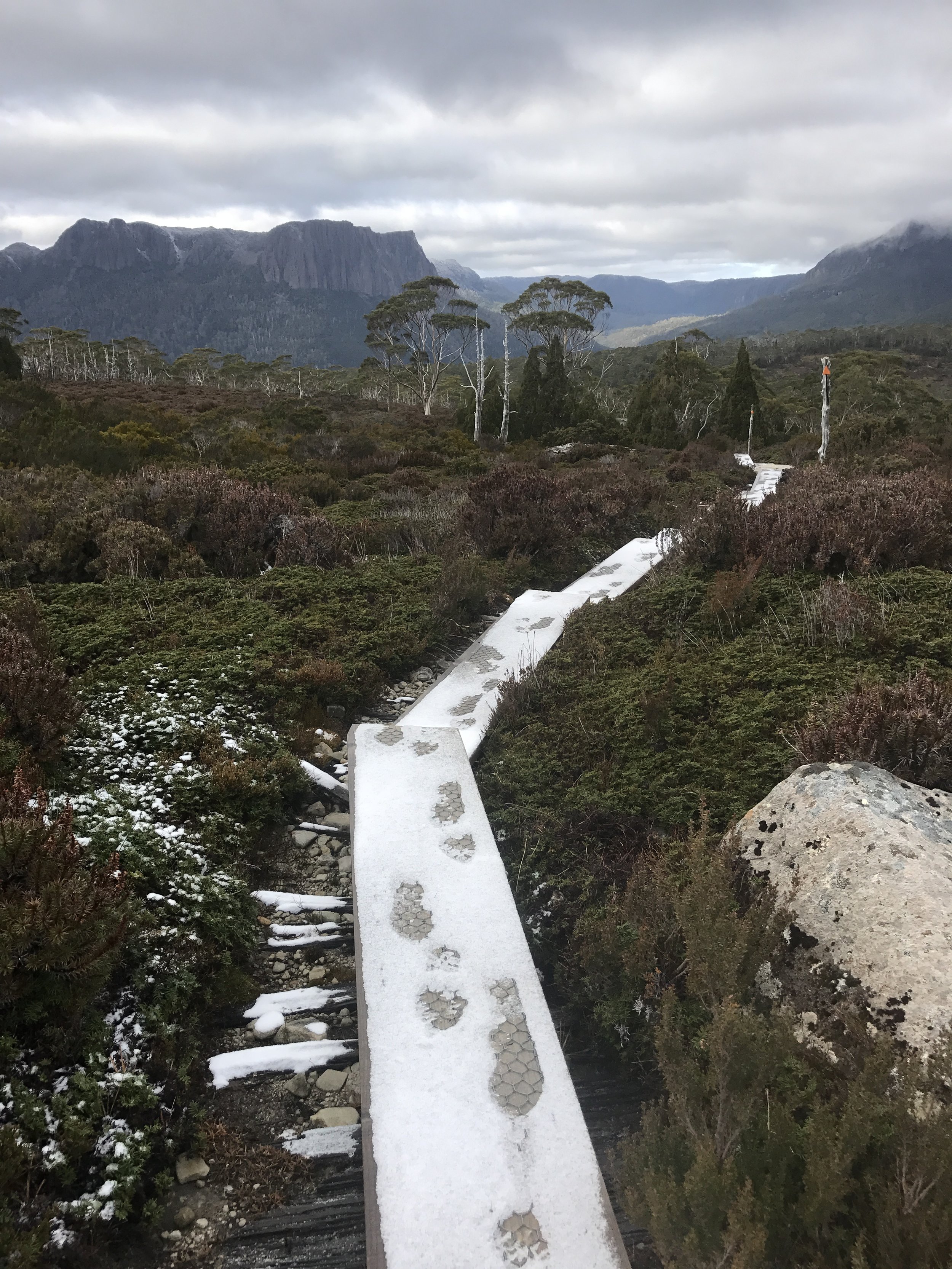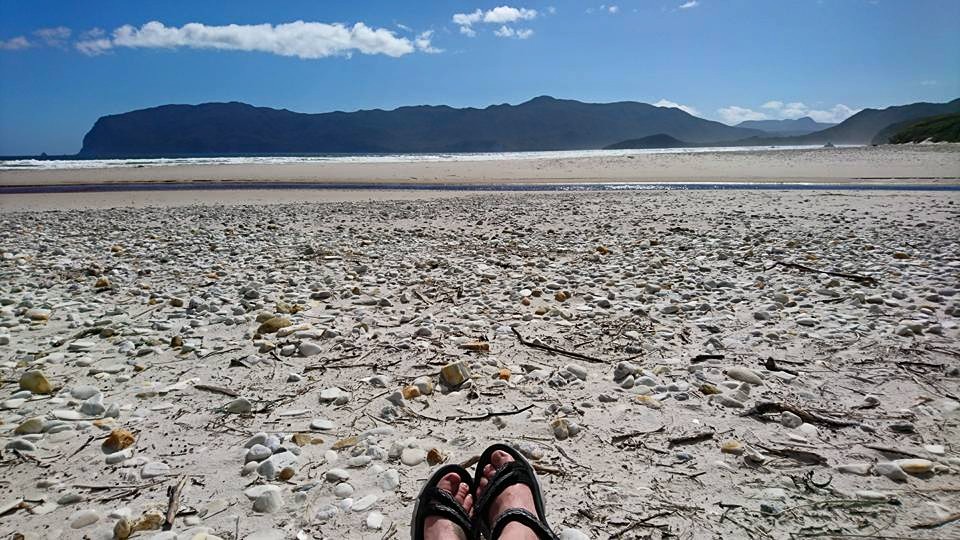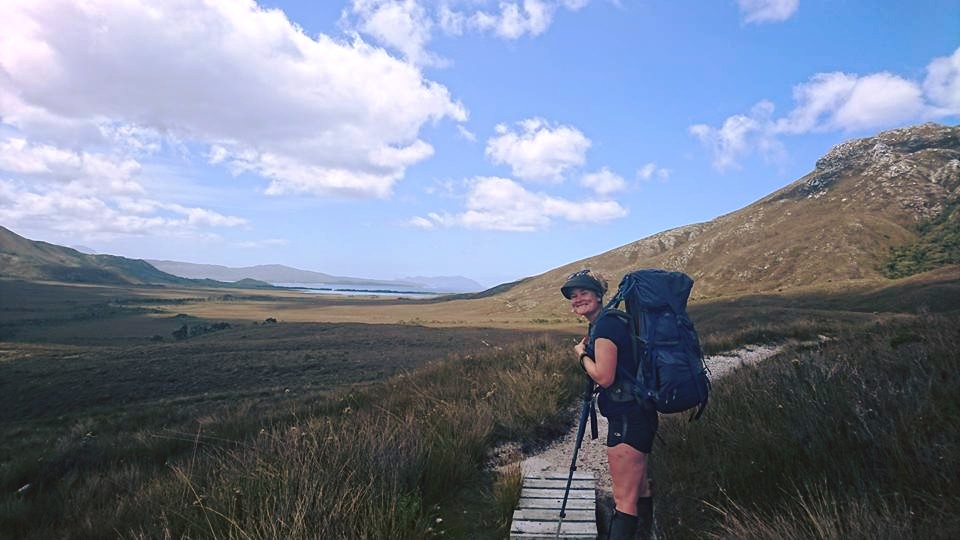Phytophthora, pronounced ‘fy-toff-thora’, is an introduced pathogenic water mould also commonly known as ‘root-rot’ in Tasmania. It is one of the worst invasive plant pathogens in the World and in Australia is known as a Key Threatening Process that can severely degrade vegetation communities and kill susceptible plants.
It is thought the phytophthora was introduced to Tasmania with European settlement and is now very well established in areas of moorland, heathland and dry sclerophyll forests,
Phytophthora needs warm moist soil conditions to thrive. This results in its distribution around Tasmania being limited to below 700m and prevents it from infesting low rainfall areas such as the Tasmanian midlands. Dense forest canopies that shade the ground keep soil conditions cooler, which prevent the mould from affecting wet forest and rainforest communities. Heathland moorland and dry sclerophyll forests are highly affected – areas around the coastline of Tasmania. Phytophthora feeds on the root and basal stem tissue of living plants, which will eventually weaken and kill the host plant.
In Tasmania there are 181 plant species that have been recorded so far as being hosts for phytophthora. The effect of the mould can be dramatically different from plant to plant. For example button grass, while being a host for the mould, appears to be resistant showing no signs of the disease while the white waratah is killed so rapidly and may not be able to regenerate in infected areas. The drastically different responses by the host plants means that, in some instances an area where phytophthora is abundant may look to be completely unaffected. A monoculture can also occur where a resistant plant, such as the button grass, is still able to grow and survive while other more susceptible plants die off.
Buttongrass Moorland
One of the most easily identified and observed plants that are affected by phytophthora are the grass trees. It is unlikely for grass trees to survive in an affected area, which can completely change the vegetation structure. Once infected, grass trees will collapse dramatically. Areas such as Mount William NP and Douglas Apsley NP are examples of places where grass trees have died in massive numbers.
Phytophthora is transported through mud and dirt that can be carried on boots, gaiters, hiking poles, tent pegs, cars etc. For this reason it is so important that when travelling from place to place all dirt and mud is thoroughly cleaned off any bushwalking equipment and vehicles – paying particular attention to the wheel arches and tyres of a car. Disinfectants such as F10Sc or methylated spirits can also be used as a surface sterilant after washing




